
Kurt NÝrmark ©
Department of Computer Science, Aalborg University
| Abstract Index References Contents | This is the slides of my presentation of the paper A Graph Library Extension of SVG for SVG Open 2007 in Tokyo, Japan. |
| Introduction |
| Europe - Denmark - Aalborg Slide Note Contents Index References |
| Figure. A map of Europe |  |
| Plan of this Talk Slide Note Contents Index References |
|
| XML, SVG, and Scheme |
| XML Notatation vs. Scheme Notation (1) Slide Note Contents Index References |
| Introduction of lines | 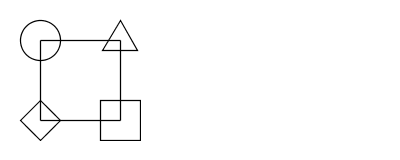 |
| Program: An SVG fragment. |
|
| XML Notatation vs. Scheme Notation (2) Slide Note Contents Index References |
| Introduction of lines | 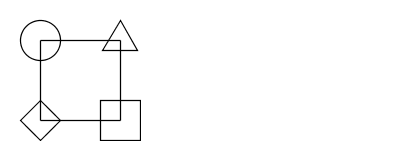 |
| Program: An SVG fragment. |
|
| The idea of Mirroring Slide Note Contents Index References |
|
| The idea of bringing the XML language SVG into the programming language Scheme by mirroring. | 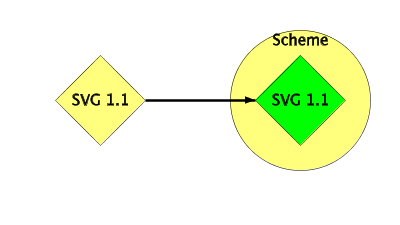 |
| Authoring Approaches Slide Note Contents Index References |
|
| The approach related to other kinds of SVG authoring tools | 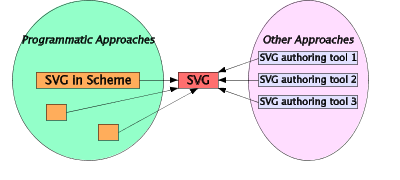 |
| SVG, Scheme, and LAML Slide Note Contents Index References |
|
|
| The Graph Abstractions |
| The Fundamental Graph Abstractions Slide Note Contents Index References |
|
|
|
| A simple Graph Example - version 1 Slide Note Contents Index References |
| Program: . |
|
| A very simple SVG graph | 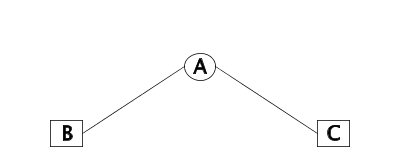 |
| A simple Graph Example - version 2 Slide Note Contents Index References |
| Program: . |
|
| A very simple SVG graph | 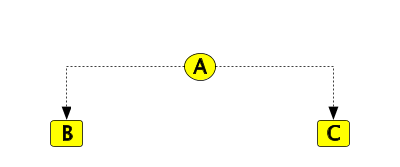 |
| A simple Graph Example - version 3 Slide Note Contents Index References |
| Program: . |
|
| A very simple SVG graph | 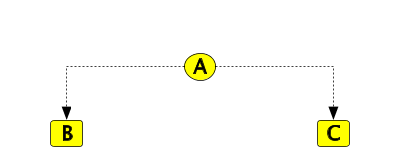 |
| A simple Graph Example - version 4 Slide Note Contents Index References |
| Program: . |
|
| A very simple SVG graph | 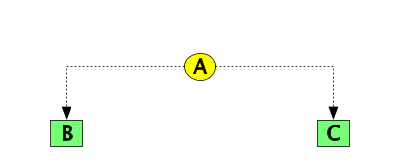 |
| Program: The definition of my-rectangular-node. |
|
| Other Graph Abstractions Slide Note Contents Index References |
|
|
| An Example with Composite Nodes Slide Note Contents Index References |
| Program: . |
|
| An SVG graph with composite nodes | 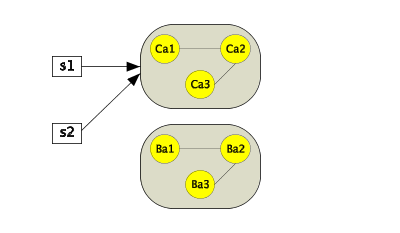 |
| Program: The some-subgraph function. |
|
| Graph Animations |
| Graph Animations Slide Note Contents Index References |
|
|
| Program: A template of an animated graph. |
|
| Examples of Graph Animations (1) Slide Note Contents Index References |
|
| Insertion of elements in list | 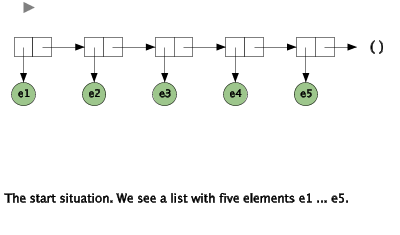 |
| Program: The expression behind the animation . |
|
| Examples of Graph Animations (2) Slide Note Contents Index References |
|
| Insertion of elements in list |  |
| Program: The expression behind the animation . |
|
| Examples of Graph Animations (3) Slide Note Contents Index References |
|
| Testing Process | 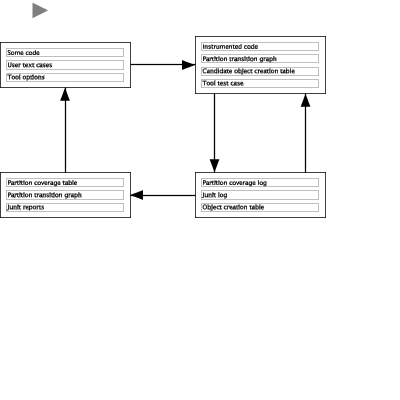 |
| Final Remarks |
| Conclusions Slide Note Contents Index References |
|
|
|
A Graph Library Extension of SVG
Course home Author home About producing this web Previous lecture (top) Next lecture (top) Previous lecture (bund) Next lecture (bund)
Generated: August 31, 2007, 13:22:05